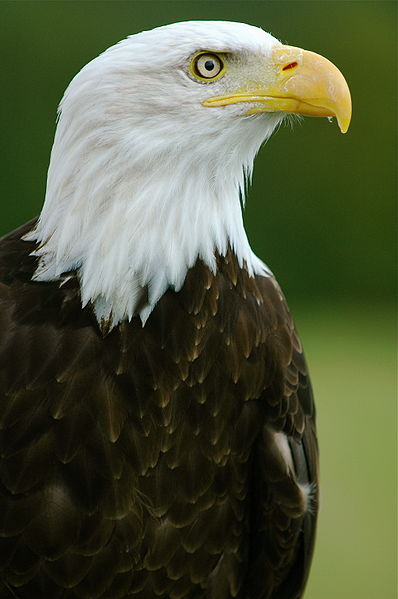
Photo credit: Paul Friel
Today is July 4th and the perfect day to give a shout out to the bald eagle, the national emblem of the United States. Bald eagles are awesome for many reasons, so stay tuned for the July 8th post where I discuss many of these great attributes in my next Easy Reader Wild Things column.
For July 4th, I wanted to take time to share some of the more shocking information about eagles that I didn’t have room for in the column. While the first members of Congress held the eagle in enough esteem to vote the bird into symbolic office as the graphic face of the United States, the residents of those same United States could have cared less. In fact, Americans across the country went to great lengths to make the lives of eagles exceedingly difficult.
Many eagles were shot out of fear that they were attacking farm animals. When I spoke with Dr. Peter Sharpe, a wildlife biologist with the Institute for Wildlife Studies, he explained that ranchers and farmers found bald eagles eating dead cattle or sheep and thought the bird killed the animal. When in reality, the bald eagle was just enjoying an easy meal of an already dead animal. Bald eagles are big birds and grow to be more than three feet in length with wingspans of 7.5 feet, but they are not about to go after a live cow for dinner. Eagles are smart and go for the easy meals like their vulture cousins.
In Alaska, they took things one step further and offered bounty for dead eagles. Here’s a summary from the Alaska Department of Fish and Game website: “Claims by fox farmers and fishers of eagle depredations caused the Alaska Territorial Legislature in 1917 to impose a bounty system on eagles. These claims were later found to be mainly false, but over 100,000 eagles were killed before the bounty was removed in 1953. With statehood in 1959, the bald eagle in Alaska received federal protection under the Bald Eagle Protection Act of 1940.”
Eagles actually used to live throughout most of the lower 48 states, but thanks to habitat destruction, illegal shooting, DDT and pure ignorance there were only about 400 nesting pairs left by the 1960’s. Since the 70’s, after DDT was banned and conservation measure remained in place the bald eagle slowly started to recover. In 2007, the bald eagle was removed from the endangered species list and has enjoyed a renewed respect from Americans and bird fanatics. Let’s just hope it stays that way. Happy July 4th eagles, may you enjoy the same liberties as Americans!
Nice article, the Bald Eagle is one of my favorite birds. Couple of years ago, I was on a zodiac in the Chilkat River in Haines, Alaska, know for its large BE population in winter. I saw this juvenile BE trying to eat his catch. All of a sudden, an adult BE swooped in from nowhere, fought the juvenile for about 15 seconds and took off with its catch. I caught the thief taking off with the loot as it left the scene of the crime. Although the BE is a supreme predatory bird, more often than not, they like to steal and scavenge first.
http://MichaelDanielHo.com/beaglex.com
Oops, typed in the wrong URL
http://MichaelDanielHo.com/beaglex.jpg
Wow, great photo Mike!!